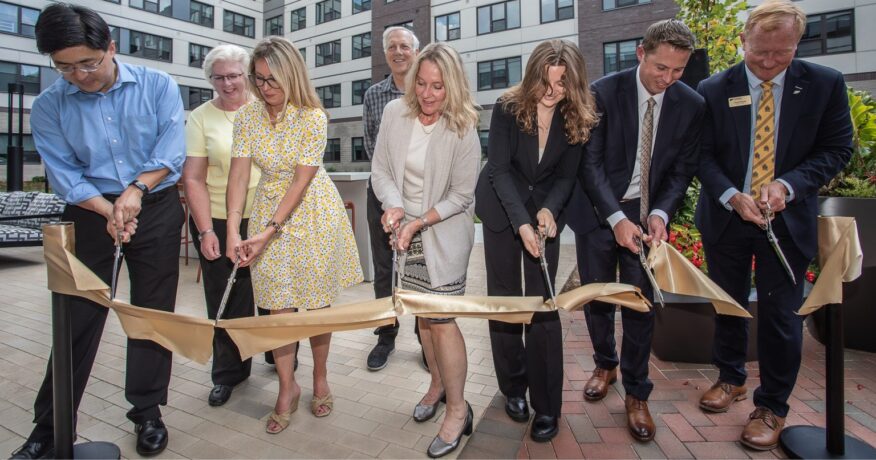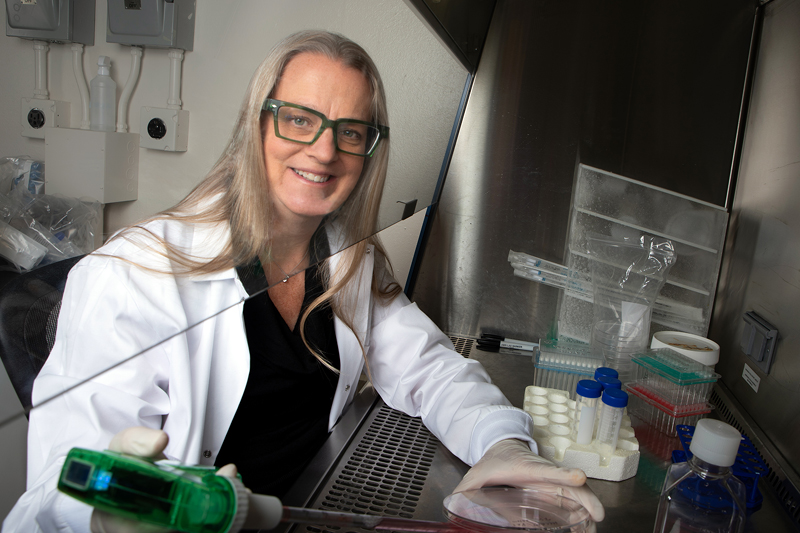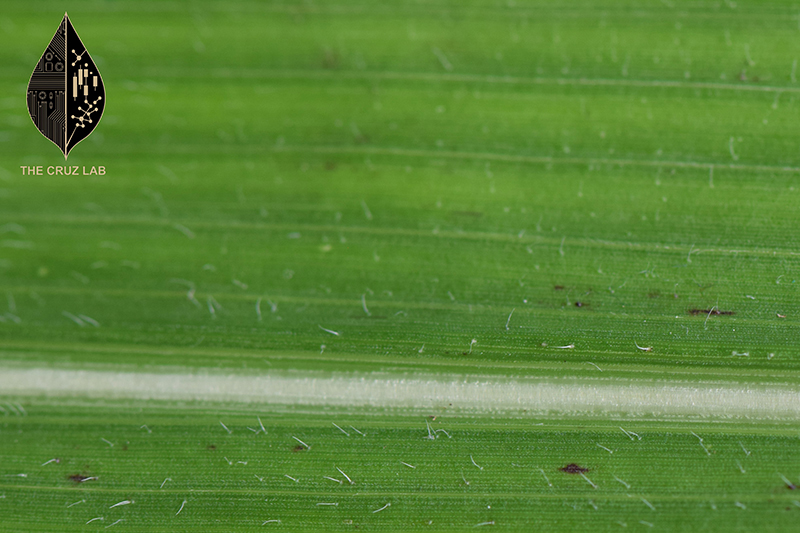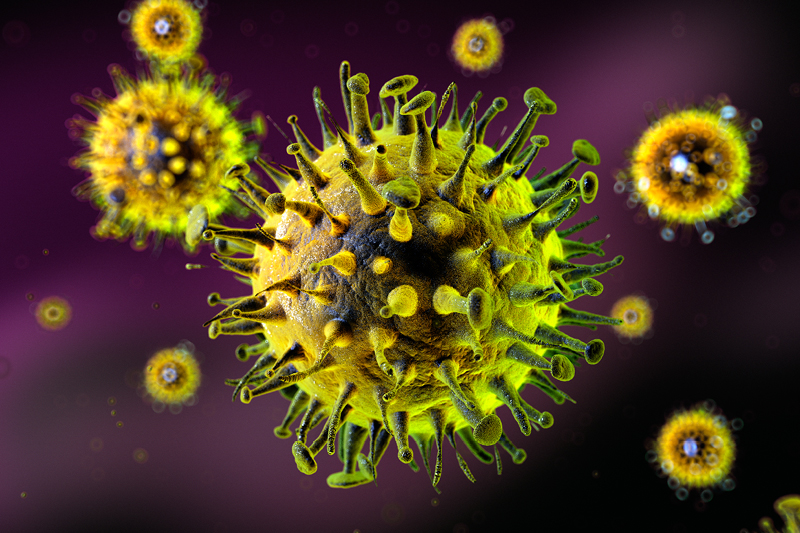Purdue agrivoltaic farming structures and software harvest solar power at lower cost and with minimal impact on crop yield
Innovative modules created at the College of Agriculture and College of Engineering are mounted low and rotate to allow farm equipment to pass
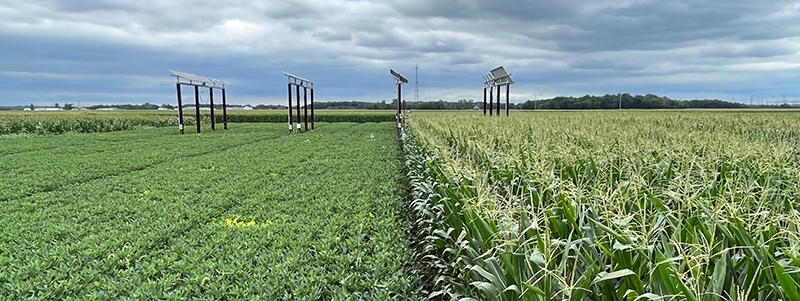
Purdue University researchers in the colleges of Agriculture and Engineering have created agrivoltaic structures that optimize the amount of electricity generated by solar farms. The modules are mounted lower than traditional solar structures and rotate to form a near-vertical structure when farm equipment needs to pass. (Purdue University photo/Mitch Tuinstra)
WEST LAFAYETTE, Ind. —
Purdue University researchers have improved upon traditional solar energy structures used in agrivoltaic farming, a sustainable system that generates electricity from the sun while row crops like corn, rice, soybeans and wheat concurrently grow on the same land.
The patent-pending Purdue structures and software optimize food production for farmers and maximize solar energy production. Research about the improved agrivoltaic panels was published in the January 2023 issue of the peer-reviewed IEEE Journal of Photovoltaics. It also has been published in the Journal of Photovoltaic Technology and Nature Sustainability and presented at IEEE Photovoltaic Specialists conferences.
Rakesh Agrawal, the Winthrop E. Stone Distinguished Professor of Chemical Engineering from Purdue’s Davidson School of Chemical Engineering, said farmland in the United States already is used to generate energy from wind.
“But wind farms depend on the availability of wind energy and are limited to certain regions of the world,” Agrawal said, “whereas sunlight is available at most locations where farming is done, and photovoltaics, or PV, can be deployed at a much larger scale. However, use of PV panels on agriculture farmland requires sharing solar photons between food and energy that must be carefully optimized.”
Traditional agrivoltaic structures cast shadows, which decrease crop yield. Mitch Tuinstra is a Purdue University professor of plant breeding and genetics, the Wickersham Chair of Excellence in Agricultural Research and scientific director of the Institute for Plant Sciences in the College of Agriculture. He said traditional structures are incompatible with large-scale agriculture because they are mounted high to allow farm equipment to freely move around them.
“The increased height requires a deeper foundation for the structures, which dramatically increases the cost of the solar farms,” Tuinstra said. “Our modules are mounted much lower, comparable to traditional solar farms, which makes our system more affordable and decreases the time needed for a return on investment.”
The Purdue agrivoltaic structures use a dual, off-axis rotation system and sensors to optimize the amount of electricity generated and the amount of light that crops receive.
“The key idea is that when farm equipment needs to pass, the modules will rotate to form a near-vertical structure,” Tuinstra said. “At other times, the modules will track the sun as usual.”
Muhammad Ashraful Alam, the Jai N. Gupta Professor of Electrical and Computer Engineering in the Elmore Family School of Electrical and Computer Engineering, said the Purdue agrivoltaic structures can be implemented for full-scale farming and use current farm equipment.
“The system is designed with row crops in mind like corn, soybeans, wheat and rice,” Alam said. “The dimensions of these structures have been fine-tuned to allow sunlight, rain and shadows to reach plants as needed. They also withstand harsh weather conditions including heavy rain and strong wind.”
Agrawal, Alam and Tuinstra created the structures and software and disclosed them to the Purdue Research Foundation Office of Technology Commercialization, which applied for a patent on the intellectual property. Industry partners seeking to further develop the inventions should contact Will Buchanan, wdbuchanan@prf.org about 2020-AGRA-68784 and 2021-AGRA-69267.
The next steps to bring these improved agrivoltaic structures to market include partnering with a solar energy developer.
“This is translational research. An industrial partnership or partnership with solar farm installation companies, preferably in Indiana, is the next step,” Tuinstra said.
About Purdue University
Purdue University is a top public research institution developing practical solutions to today’s toughest challenges. Ranked in each of the last five years as one of the 10 Most Innovative universities in the United States by U.S. News & World Report, Purdue delivers world-changing research and out-of-this-world discovery. Committed to hands-on and online, real-world learning, Purdue offers a transformative education to all. Committed to affordability and accessibility, Purdue has frozen tuition and most fees at 2012-13 levels, enabling more students than ever to graduate debt-free. See how Purdue never stops in the persistent pursuit of the next giant leap at https://stories.purdue.edu.
About Purdue Research Foundation Office of Technology Commercialization
The Purdue Research Foundation Office of Technology Commercialization operates one of the most comprehensive technology transfer programs among leading research universities in the U.S. Services provided by this office support the economic development initiatives of Purdue University and benefit the university’s academic activities through commercializing, licensing and protecting Purdue intellectual property. In fiscal year 2021, the office reported 159 deals finalized with 236 technologies signed, 394 disclosures received and 187 issued U.S. patents. The office is managed by the Purdue Research Foundation, which received the 2019 Innovation and Economic Prosperity Universities Award for Place from the Association of Public and Land-grant Universities. In 2020, IPWatchdog Institute ranked Purdue third nationally in startup creation and in the top 20 for patents. The Purdue Research Foundation is a private, nonprofit foundation created to advance the mission of Purdue University. Contact otcip@prf.org for more information.
Writer/Media contact: Steve Martin, sgmartin@prf.org
Sources: Rakesh Agrawal, agrawalr@purdue.edu
Muhammad Ashraful Alam, alam@purdue.edu
Mitch Tuinstra, mtuinstr@purdue.edu
